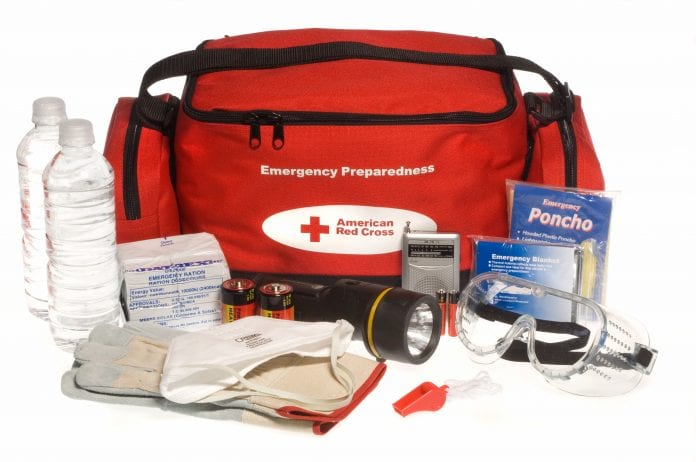
Fall is upon us. The flurry of activity is infectious: fishing, hunting, filleting fish, processing meat and preparing for winter.
Did you know September is National Preparedness Month?
During this month, attention is brought to readying ourselves for disasters, both natural and man-made. The disasters this past month, Hurricane Irma, Hurricane Harvey, and wildfires nationwide clearly support the concept and support the argument to take this seriously.
How about — now — preparing ourselves for a disaster?
Cordova Volunteer Fire Department has an idea. It is not flashy. It is not expensive. And it is certainly not the latest fad, but it may save the life of your family member. Give your loved ones a small emergency pack to put under their bed, along with the booklet that teaches neighbors how to help neighbors during a disaster.
You purchase the emergency pack contents. CVFD will provide the booklet and training for free.
The booklet is part of what we call our Neighborhood Campaign. The Alaska Division of Homeland Security and Emergency Management, and the Alaska Citizen Corps have created this neighborhood program that delineates the steps that each neighborhood can take to help themselves in the event of a disaster.
The program is entitled “Building and Strengthening Disaster Readiness Among Neighbors” and it does just that. By getting this booklet and attending a Neighborhood Campaign session, you will clearly and concisely determine how your neighborhood could begin its own recovery without having to rely entirely upon the fire department, which may take some time to respond during a major disaster.
The booklet discusses the nine steps to build strong neighborhoods. It shows you how to map your neighborhood for disaster purposes. It helps you determine WHO will do WHAT in your neighborhood during a disaster. For example, do you know who can run a chainsaw in your neighborhood, or who has one? And it tells you what to put under your bed in a small emergency pack, just in case you have to run out in the middle of the night.
The goal is to train a few Cordovans. Then those Cordovans, if inclined, can gather their own neighborhood together for an hour or so. Again, training will be provided for that process. In that couple of hours we will bring resources together, identify the strengths of your neighborhood, and preplan where neighbors would meet in the event of a disaster.
Neighborhood Campaign training has successfully been initiated in Cordova, but there is much work to be done. Such evening trainings in the past few years have given Cordova a good start. A neighborhood map of Cordova, supporting the effort and giving it focus, has been diligently created by former Cordovan Catherine Craig. People in many of those neighborhoods have already been trained, but the numbers of participants has been low. Steady, but low. We need numerous trained Cordovans in EACH neighborhood to be ready.
Watch for the Neighborhood Campaign advertisements and join us for an evening of fun, food and disaster prep. It’s only two hours. It is succinct and clear and fun. There are no prerequisites to the class and there is no homework afterwards. In the meantime, stop by the fire department and get a booklet. It will tell you what to put in that small emergency pack under your child’s bed — and yours. You will have the perfect preparedness start. And it’s free.
As you ready yourselves for winter be Neighborhood Ready, and Cordova Prepared.














